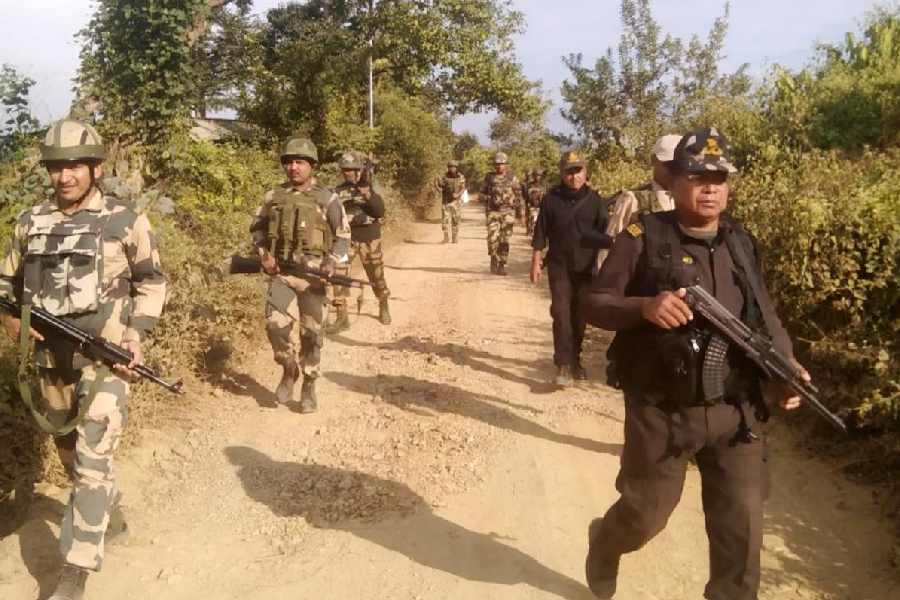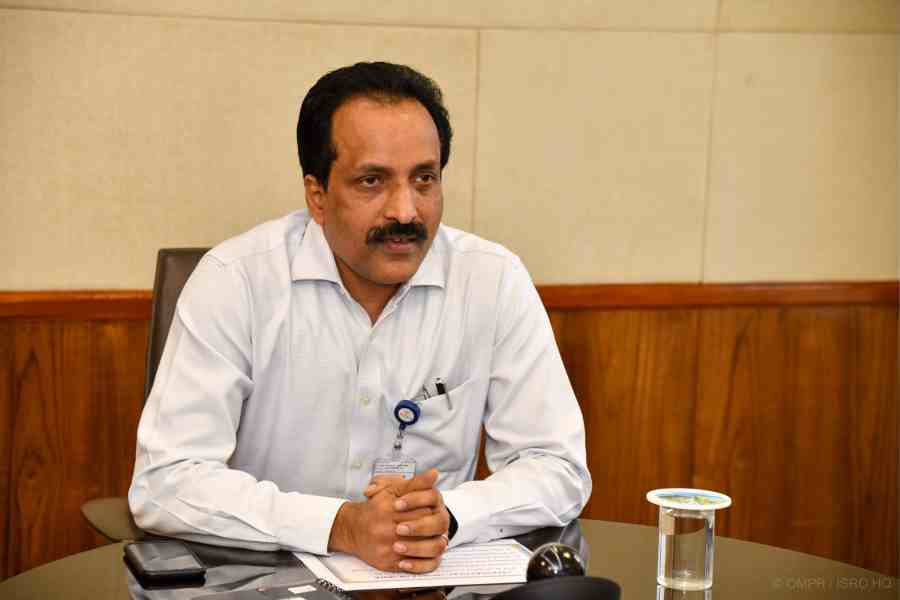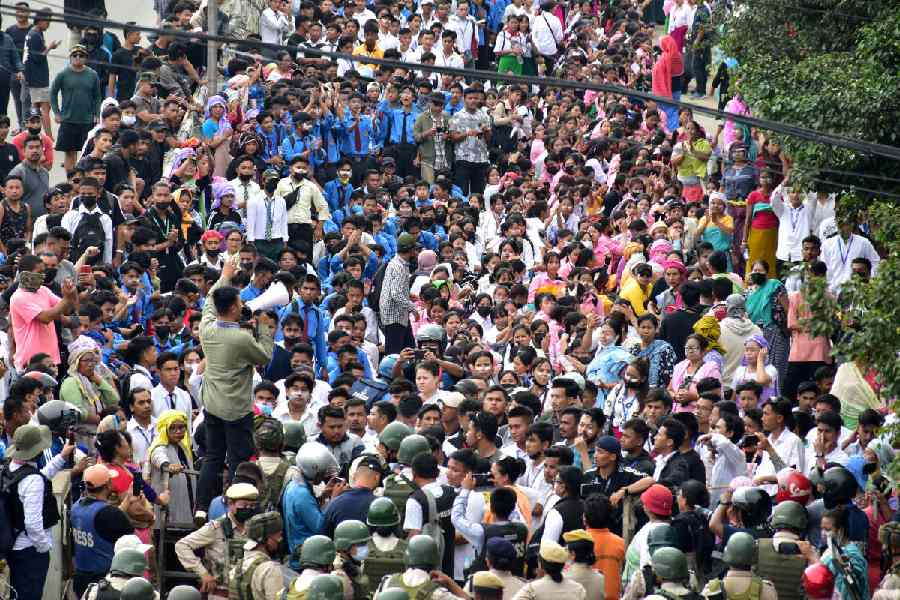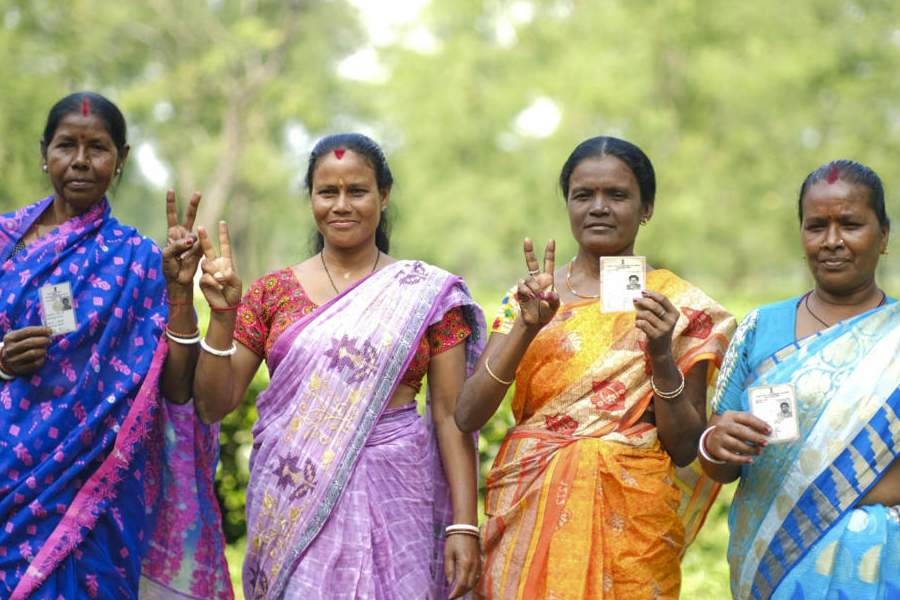The Khasi Students’ Union (KSU) has demanded inclusion of the Khasi-Jaiñtia community living in Assam’s Barak Valley as an indigenous community during implementation of Clause 6 of the 1985 Assam Accord.
On Monday, KSU members from the Barak Valley circle met All Assam Students Union (AASU) chief adviser Samujjal Bhattacharjya in Guwahati, submitted a memorandum and held discussions regarding Clause 6.
Clause 6 provides constitutional, legislative and administrative safeguards to protect, preserve and promote the cultural, social, linguistic identity and heritage of the Assamese people.
A 13-member high-level committee, headed by former Gauhati High Court judge Justice B.K. Sharma, has been formed to collect views on the implementation of Clause 6.
Among others, views have been sought on reservation of seats in Parliament, Legislative Assembly and local bodies for indigenous tribals, indigenous Assamese and other indigenous people.
The last date for submission of suggestions is Friday.
The KSU requested AASU to consider the history of the existence of the Khasi-Jaiñtia community in Assam for their inclusion as indigenous tribe in connection with Clause 6.
The KSU, citing an ongoing independent survey, said the current population of the Khasi-Jaiñtia community in the Barak Valley was around 1.5 lakh.
“The survey has been completed in 285 Khasi and Jaiñtia hamlets and villages in the Barak Valley,” it said.
The KSU noted that the Khasi-Jaiñtia community was the first to introduce the unique way of betel leaves/paan cultivation.
It said in 1870, the then deputy commissioner of Cachar (a Barak Valley district) had carried out a statistical survey and put the figure of the Khasi-Jaiñtia population at 1,000.
“This step of the then deputy commissioner of Cachar brought light to this particular community who was for centuries far away from the mainland,” the KSU said.
It also placed comments and suggestions of the Barak Valley Indigenous Ethnic Peoples Coordination Committee in connection with Clause 6, which includes reservation of one seat in the Rajya Sabha for un-represented indigenous ethnic people of Barak Valley and for five reserved seats in the Assam Assembly (Udharbond, Lakhipur, Dholai, Katlicherra and, Patharkandi).
The other points include the demand for creation of an upper House in Assam and one-third reservation of seats for the un-represented indigenous people of Barak Valley, protection of land rights of the ethnic indigenous people of the Valley, implementation of Forest Rights Acts, 2006, and demand to notify in the Gazette all the 16 indigenous hill tribes as Scheduled Tribe (hills) in the plains districts of Assam. These communities include Rongmei Naga, Hmar, Khasi-Jaiñtias, Sakachep, Chorei, Kuki, Mizo, Reang, Halam, Hrangkhol, Ranglong, Chiru, Chakma, Saihriam and Karbi.











